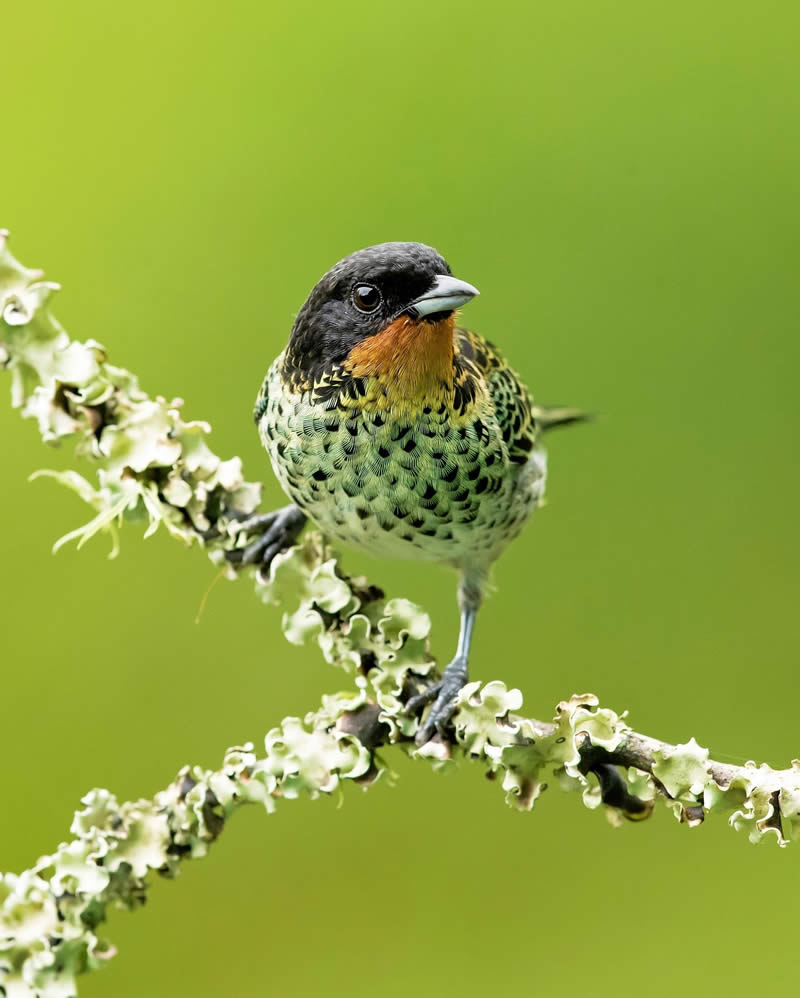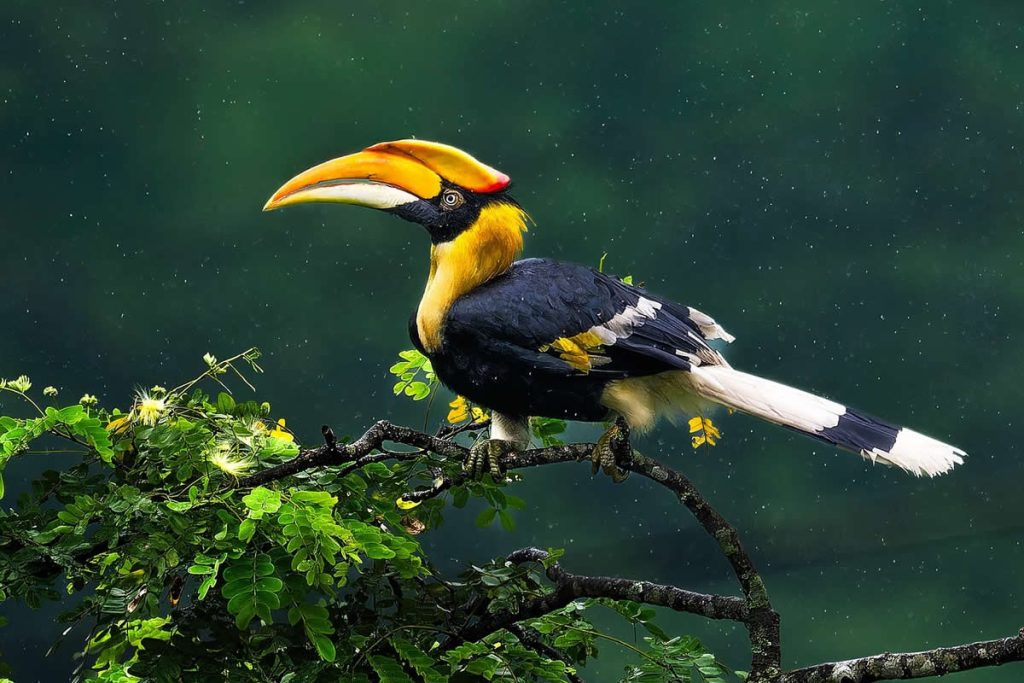Birds have fascinated humankind for centuries, symbolizing freedom, grace, and the delicate balance of nature. From the quiet elegance of a heron gliding over still waters to the dazzling colors of a hummingbird in mid-flight, birds embody a beauty that feels both timeless and fleeting. This collection of 40 stunning bird photographs invites you to pause and marvel at the intricate details, vibrant plumage, and expressive moments of these winged wonders.
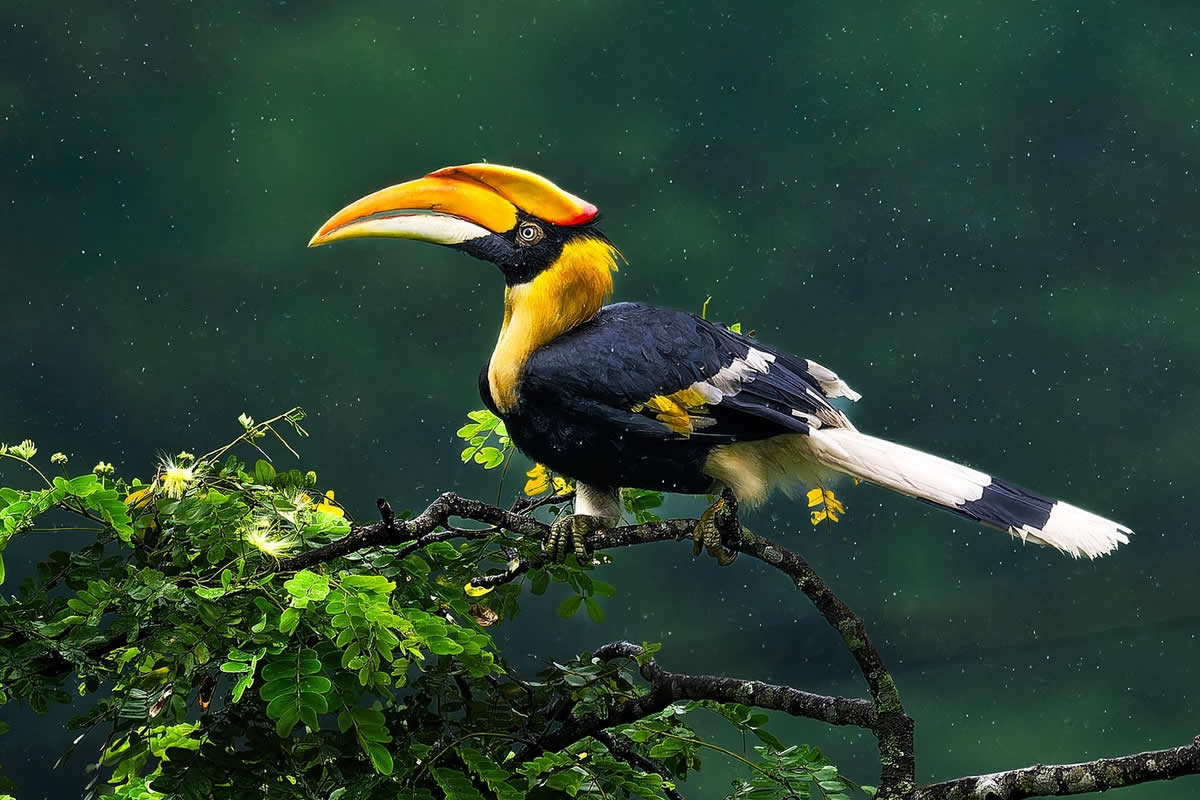
Photo by: Subhash Saraff
Each photograph is more than just a visual record; it is a story of patience, precision, and passion. Nature photographers dedicate hours, sometimes even days, waiting for the perfect moment when a bird spreads its wings against a golden sunrise or when a flock forms breathtaking patterns across the sky. These images showcase not only the majesty of the subjects but also the artistry of those behind the lens who bring these encounters to life.
What makes bird photography so captivating is its unpredictability. Birds move with spontaneity—darting, soaring, or perching gracefully—making every shot a challenge and every success a triumph. The photographers in this collection highlight the diverse habitats of birds, from coastal cliffs to dense forests, and capture their unique behaviors that remind us of nature’s creativity.
Whether it’s the fierce gaze of a raptor, the joyful splash of a seabird, or the gentle rest of a songbird on a fragile branch, these photographs reveal the extraordinary within the ordinary. They invite us to slow down, look closer, and reconnect with the natural world around us.
In celebrating these 40 breathtaking images, we are reminded that birds are more than just creatures of the sky—they are symbols of freedom, resilience, and the fragile beauty of our planet.
Scroll down and enjoy yourself. All photos are linked and lead to the sources from which they were taken. Please feel free to explore further works of these photographers on their collections or their personal sites.
#1
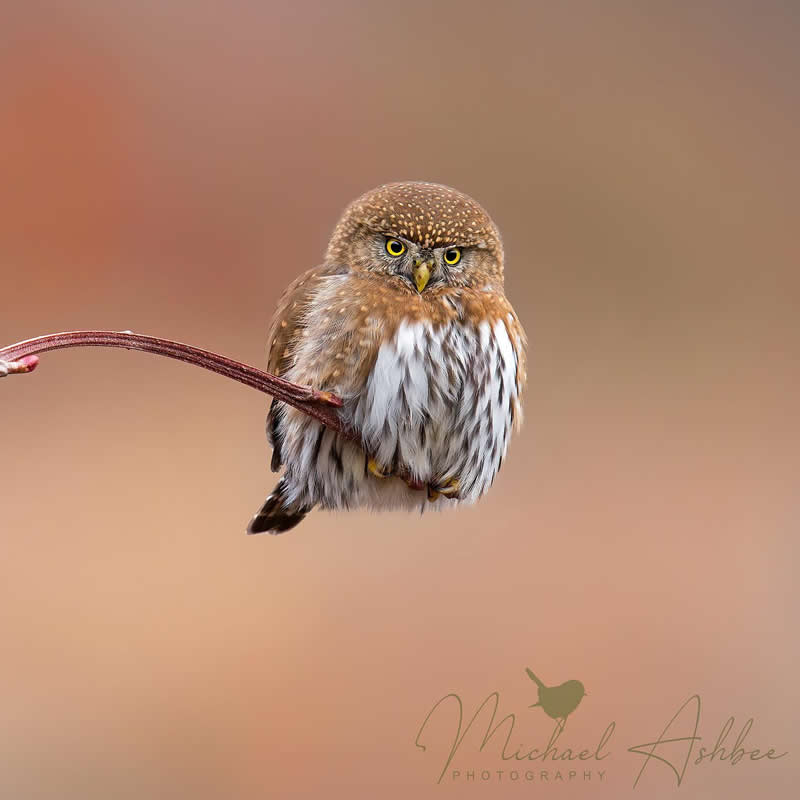
Photo by: Mike Ashbee
#2
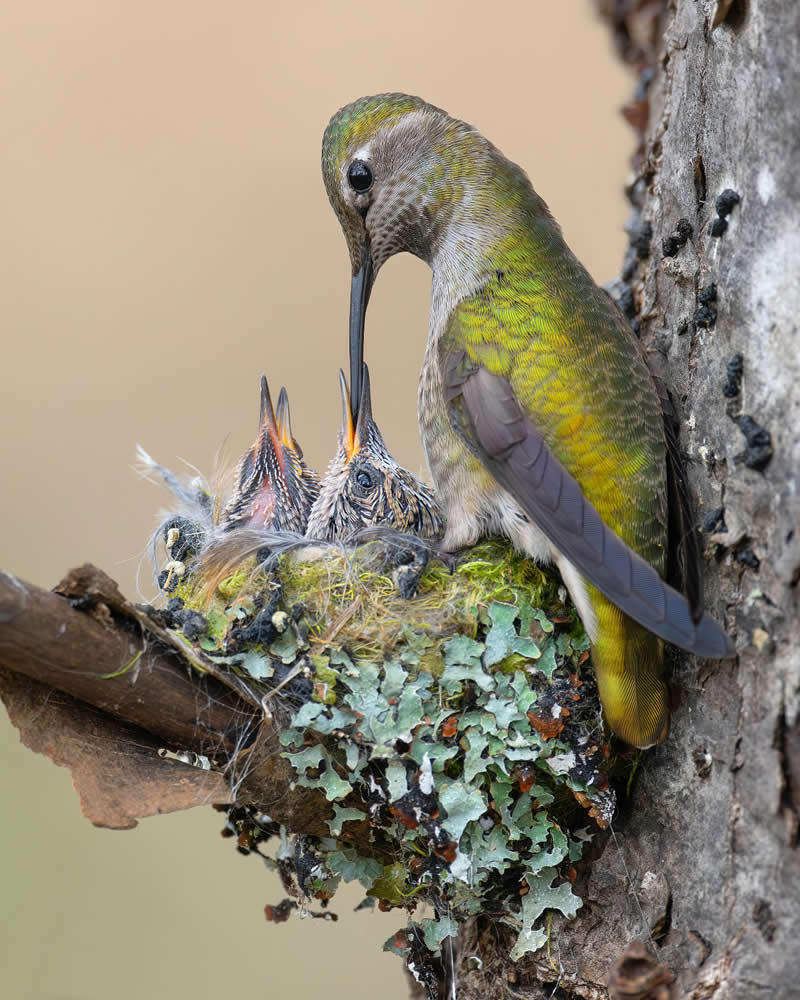
Photo by: Mike Ashbee
#3
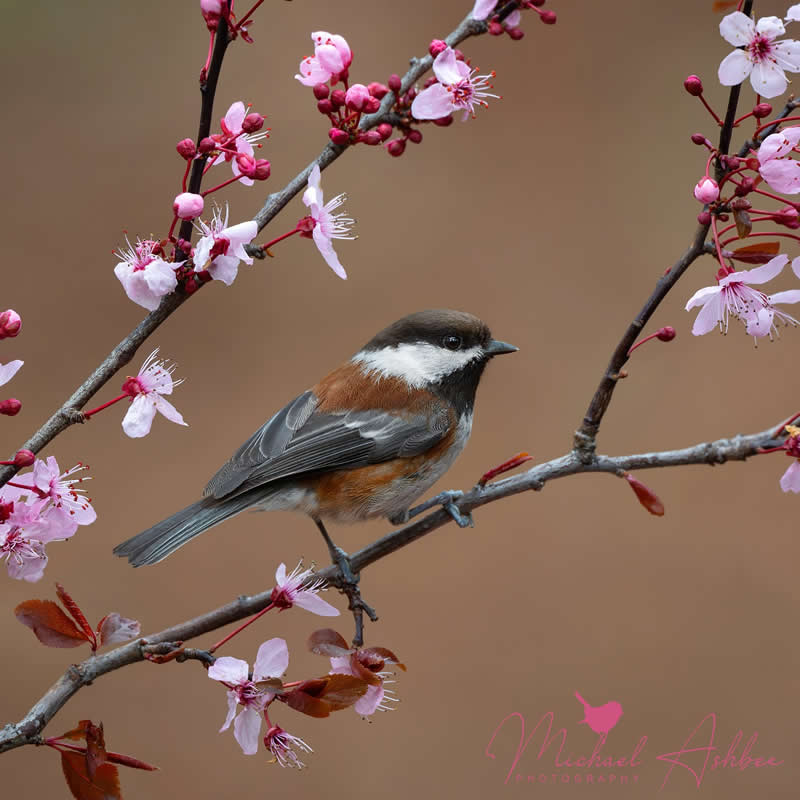
Photo by: Mike Ashbee
#4
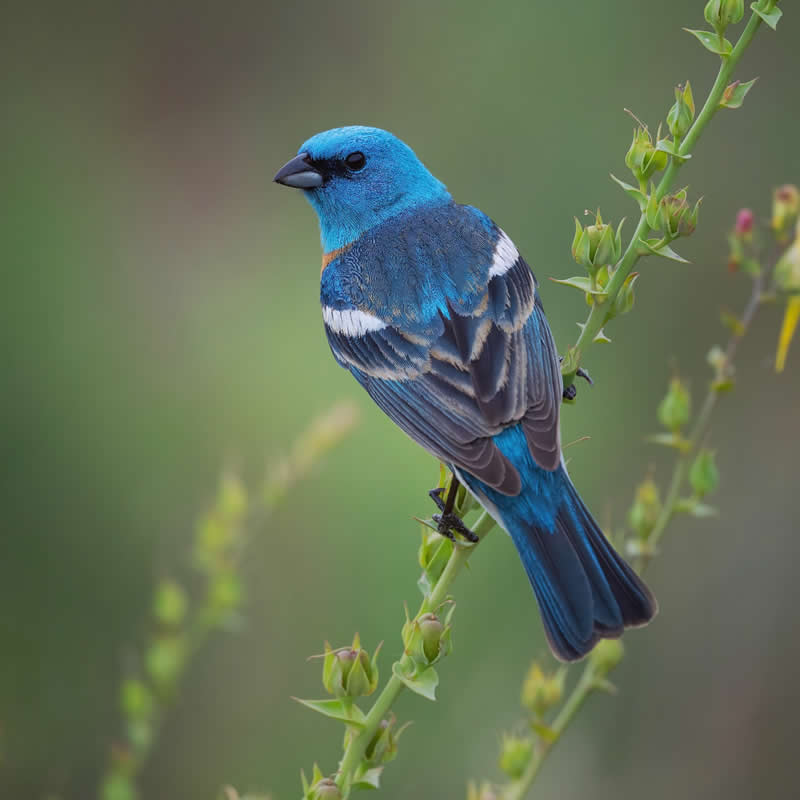
Photo by: Mike Ashbee
#5
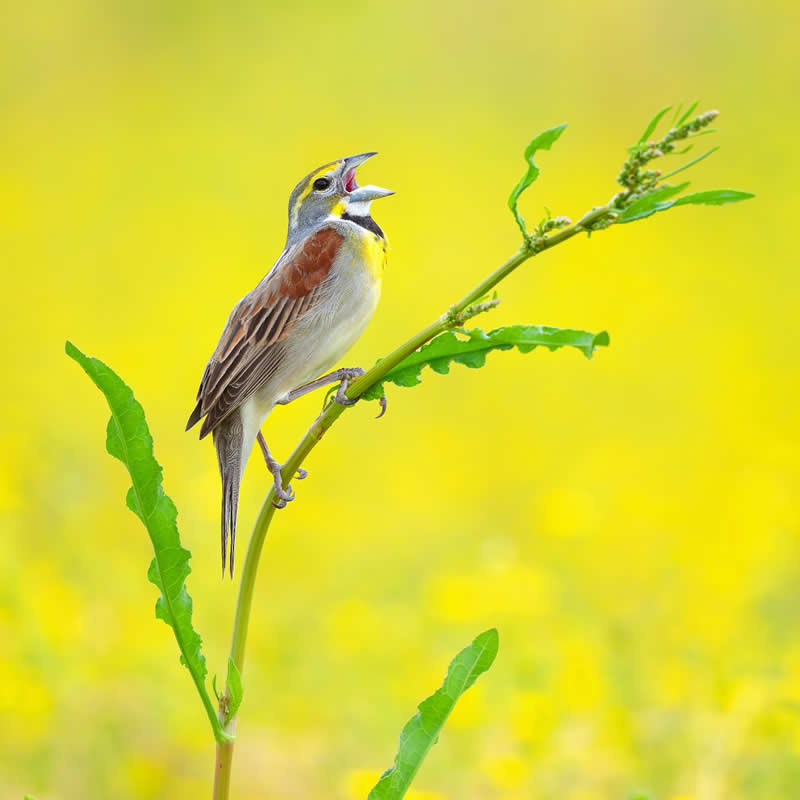
Photo by: Mike Ashbee
Master the Art of Patience
Bird photography is often less about quick reflexes and more about patience. Birds are unpredictable; they fly away suddenly, change perches, or hide in dense foliage. To capture stunning shots, photographers must be willing to wait quietly for long stretches of time, blending into the environment so as not to disturb the subjects. Patience allows you to observe a bird’s natural rhythm—when it feeds, sings, or spreads its wings—giving you the chance to anticipate the perfect moment.
Unlike staged photography, birds offer fleeting opportunities, and the reward for waiting is an authentic, breathtaking capture. Many successful bird photographers return to the same spot multiple times, learning the behavior of a particular species until they know exactly when and how to press the shutter. In essence, patience is not just a skill—it’s the very foundation of bird photography, where stillness becomes the key to capturing motion.
#6
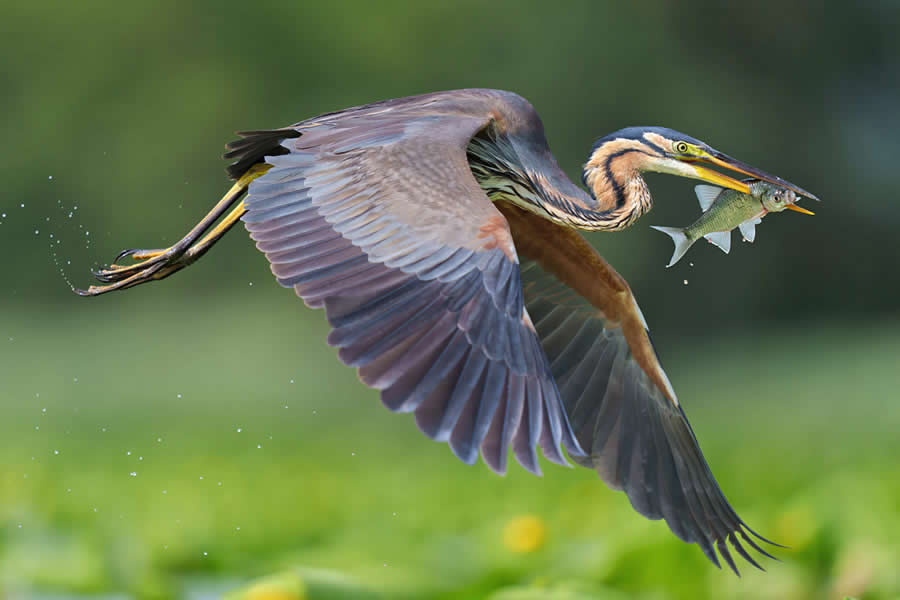
Photo by: Antonio Aguti
#7
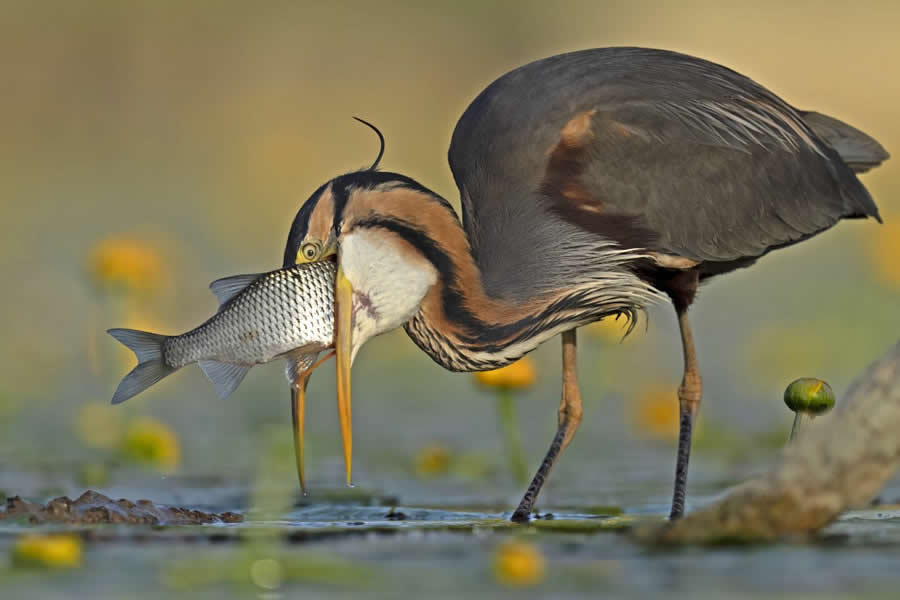
Photo by: Antonio Aguti
#8
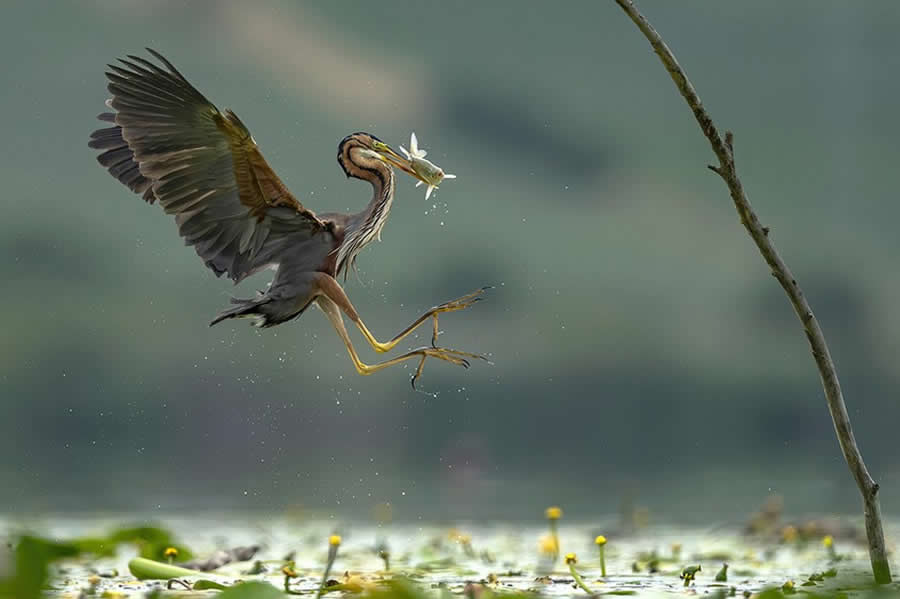
Photo by: Antonio Aguti
#9
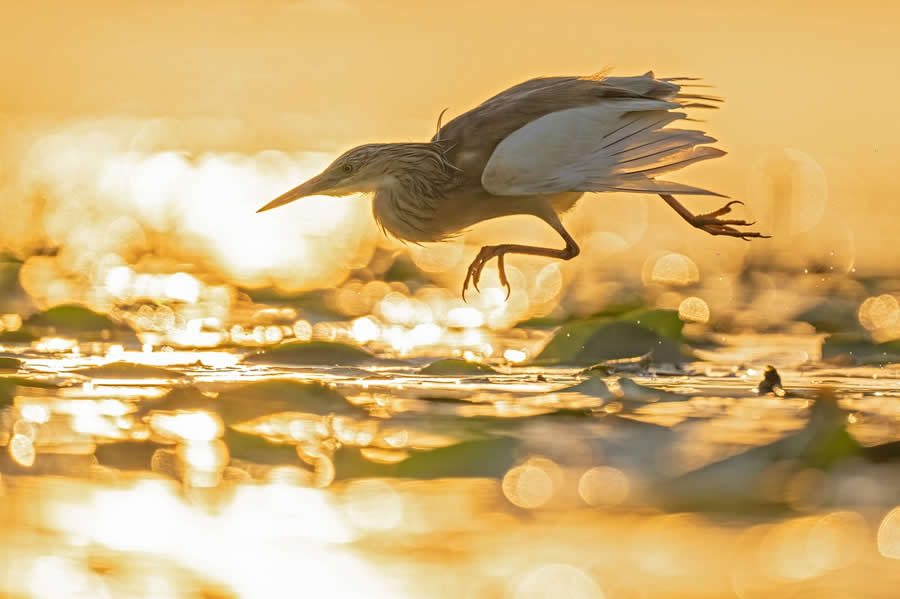
Photo by: Antonio Aguti
#10
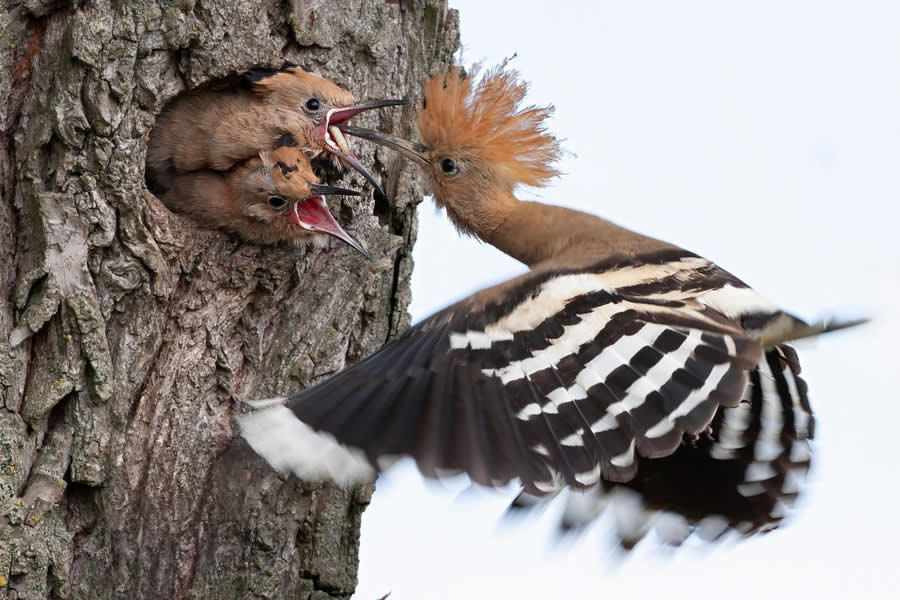
Photo by: Antonio Aguti
Understand Bird Behavior
To photograph birds effectively, you need to understand them beyond their appearance. Studying their habits, flight patterns, and feeding times dramatically increases your chances of capturing a remarkable shot. For instance, many songbirds are most active early in the morning or late in the afternoon, when lighting conditions are also ideal for photography. Raptors often soar on thermals during midday, while waterfowl gather near lakes and rivers at dawn.
By researching your subject, you can anticipate where and when a bird is likely to appear, reducing guesswork in the field. Observing behavior also allows you to predict moments of drama or beauty, like a hummingbird pausing midair or a kingfisher diving into water. Field guides, documentaries, and time spent simply watching birds can all sharpen your knowledge. The more you understand their natural rhythms, the more intimate and compelling your photographs will become.
#11
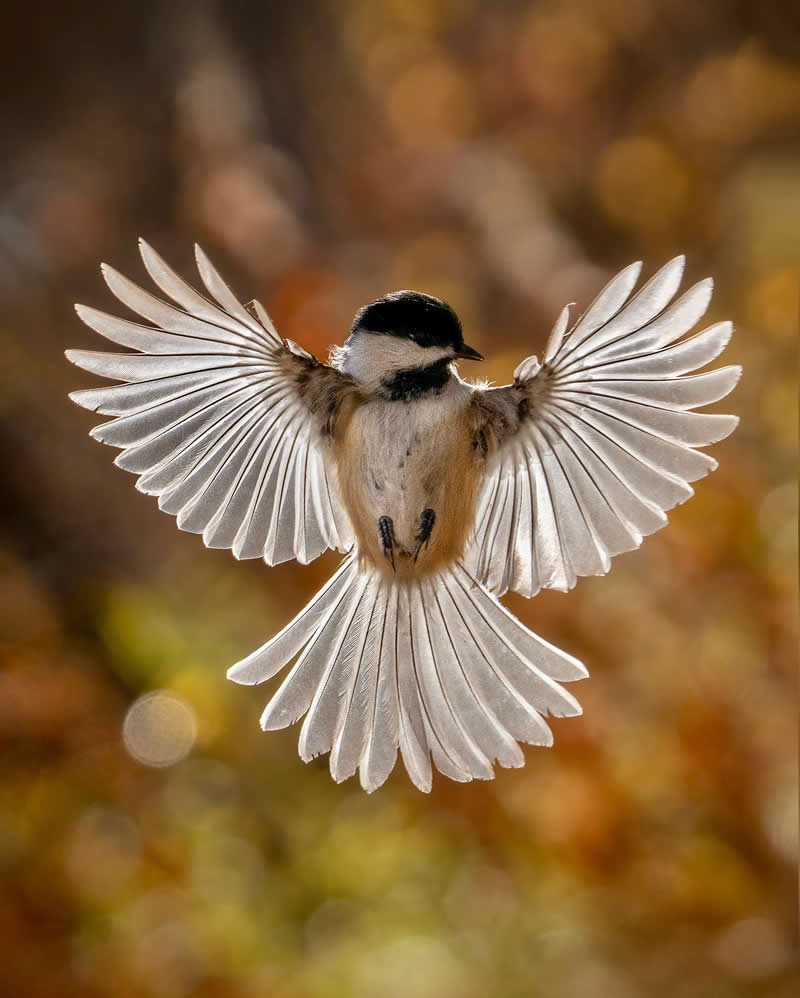
Photo by: Jared VanderMeer
#12
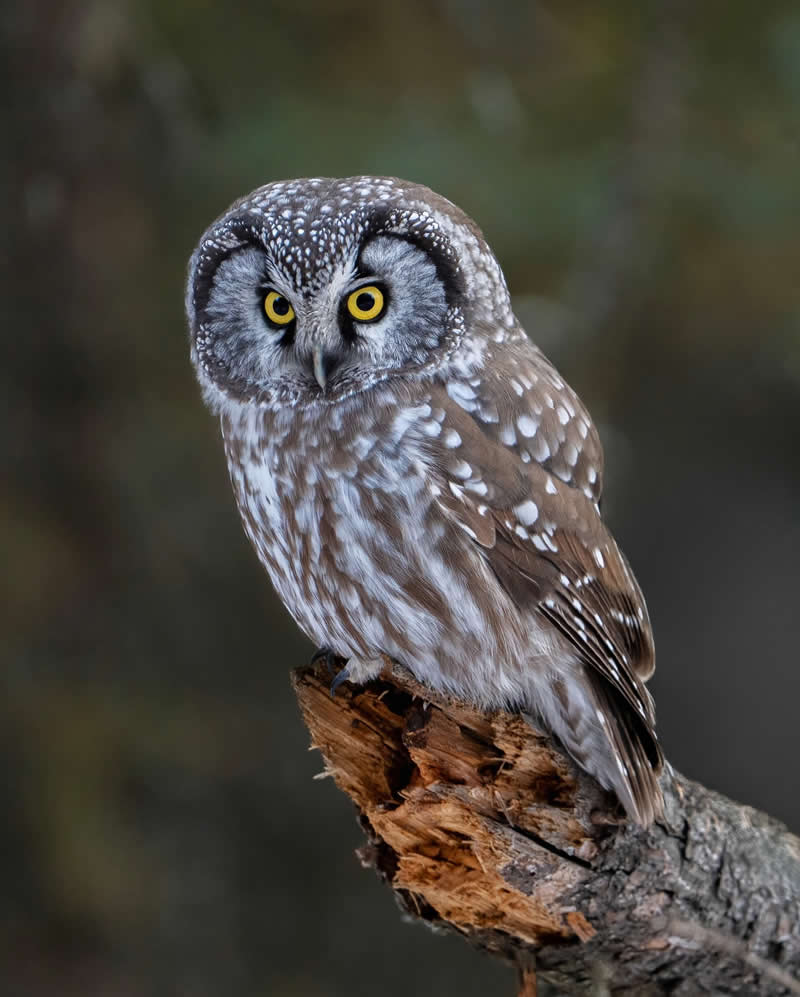
Photo by: Jared VanderMeer
#13
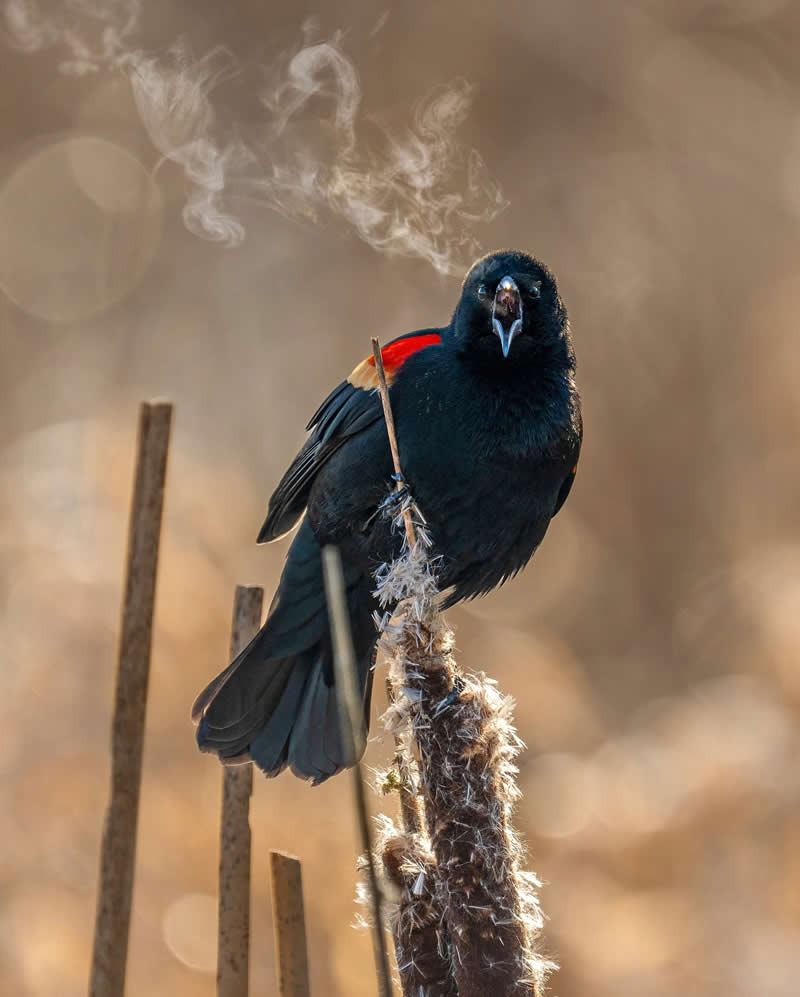
Photo by: Jared VanderMeer
#14
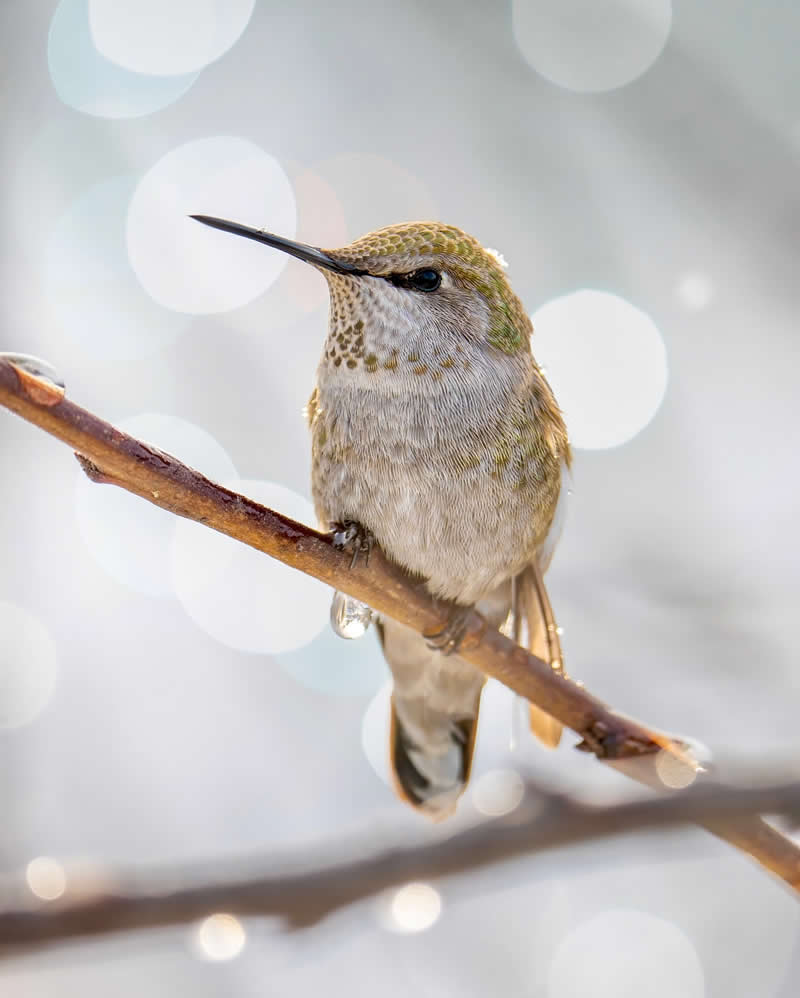
Photo by: Jared VanderMeer
#15
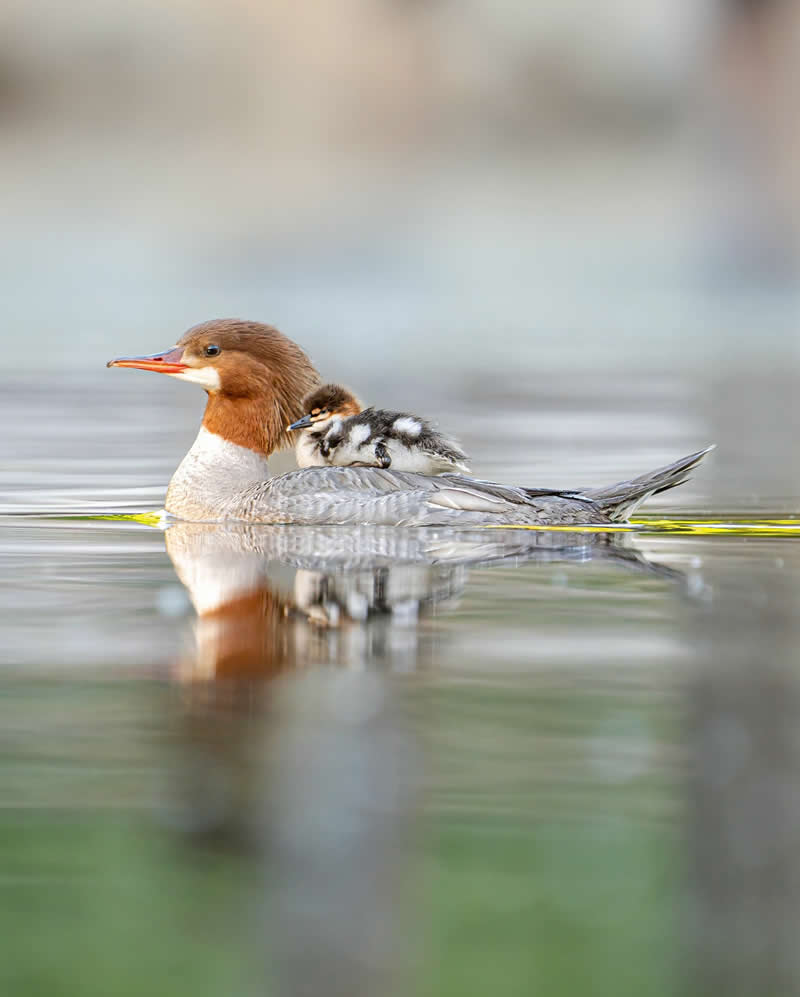
Photo by: Jared VanderMeer
Choose the Right Gear
While skill and creativity outweigh equipment, having the right gear can make a world of difference in bird photography. Birds are often small, fast-moving, and easily startled, which means telephoto lenses are essential. A lens of at least 300mm allows you to capture close-up details without disturbing the subject. Fast autofocus and good image stabilization help track movement and minimize blur when birds are in flight.
A sturdy tripod or monopod is also invaluable for long sessions, reducing strain and ensuring sharper images. Beyond lenses, consider using a camera body with a fast burst rate to increase your chances of freezing dynamic moments like takeoffs or mid-air interactions. However, gear isn’t just about technology—it’s about choosing tools that align with your style. Whether you prefer crisp portraits or wide shots of birds in their environments, the right setup helps translate your vision into stunning photographs.
#16
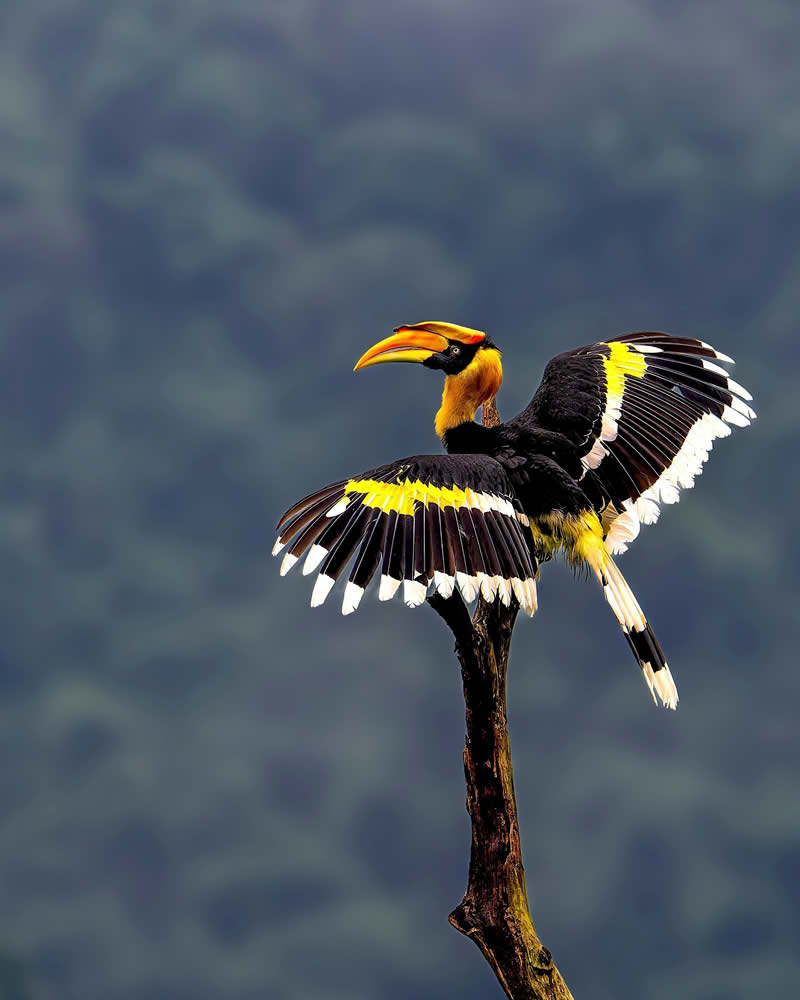
Photo by: Subhash Saraff
#17
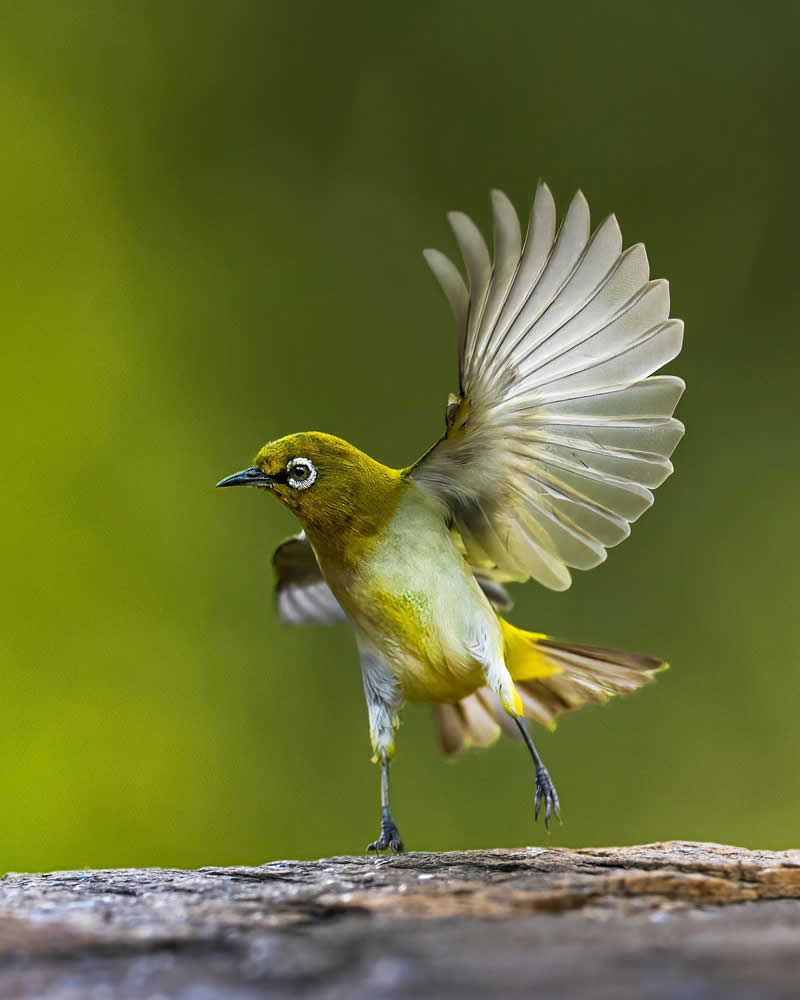
Photo by: Subhash Saraff
#18
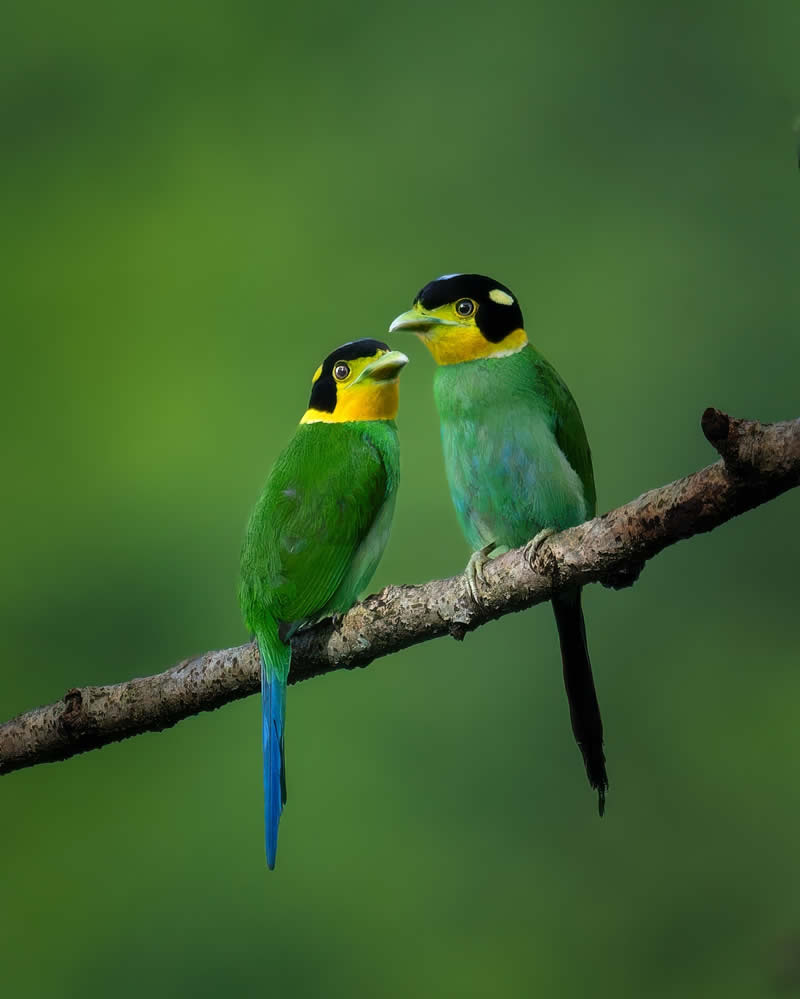
Photo by: Subhash Saraff
#19
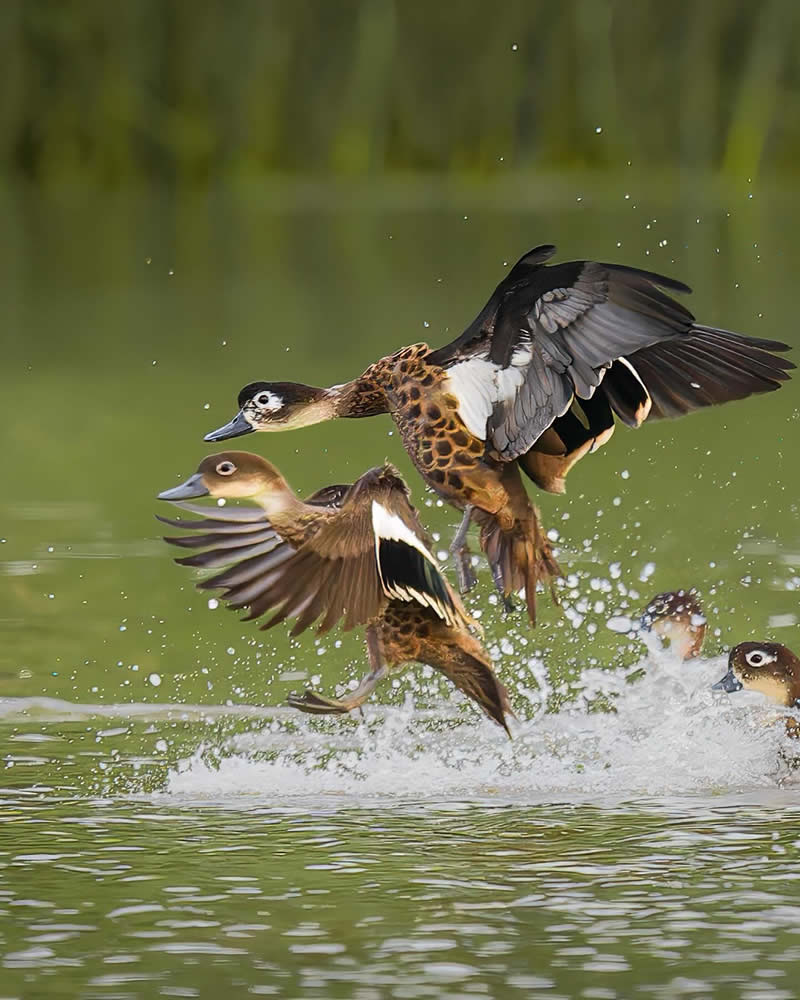
Photo by: Subhash Saraff
#20
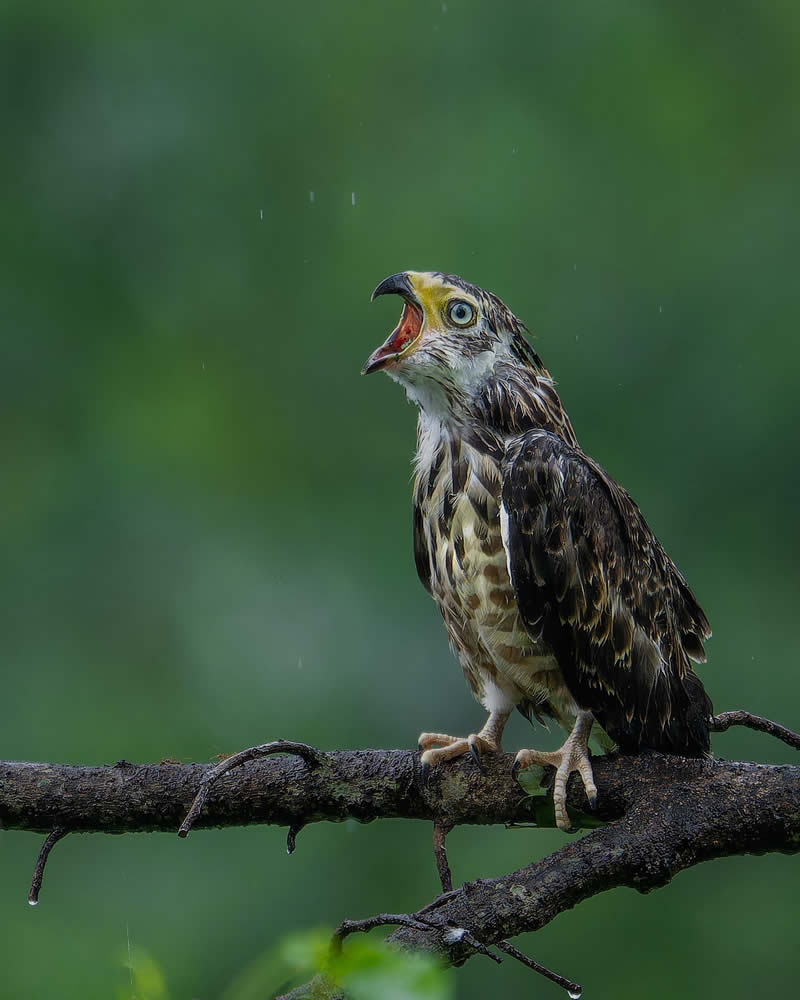
Photo by: Subhash Saraff
Make the Most of Natural Light
Lighting can transform a simple bird photograph into something magical. Early morning and late afternoon, known as the golden hours, offer soft, warm light that enhances feather colors and adds a sense of atmosphere to the scene. Shooting with the sun behind you illuminates the bird clearly, while backlighting can create dramatic silhouettes or highlight delicate details like translucent feathers.
Overcast days are equally valuable because diffused light reduces harsh shadows and prevents overexposed highlights. Understanding light also means adapting quickly—sometimes moving a few steps can change the entire mood of a shot. For birds in flight, faster shutter speeds combined with good light ensure sharpness, while for perched birds, softer light can emphasize texture and expression. In bird photography, light is not just illumination; it is the brushstroke that defines the mood, depth, and brilliance of your image.
#21
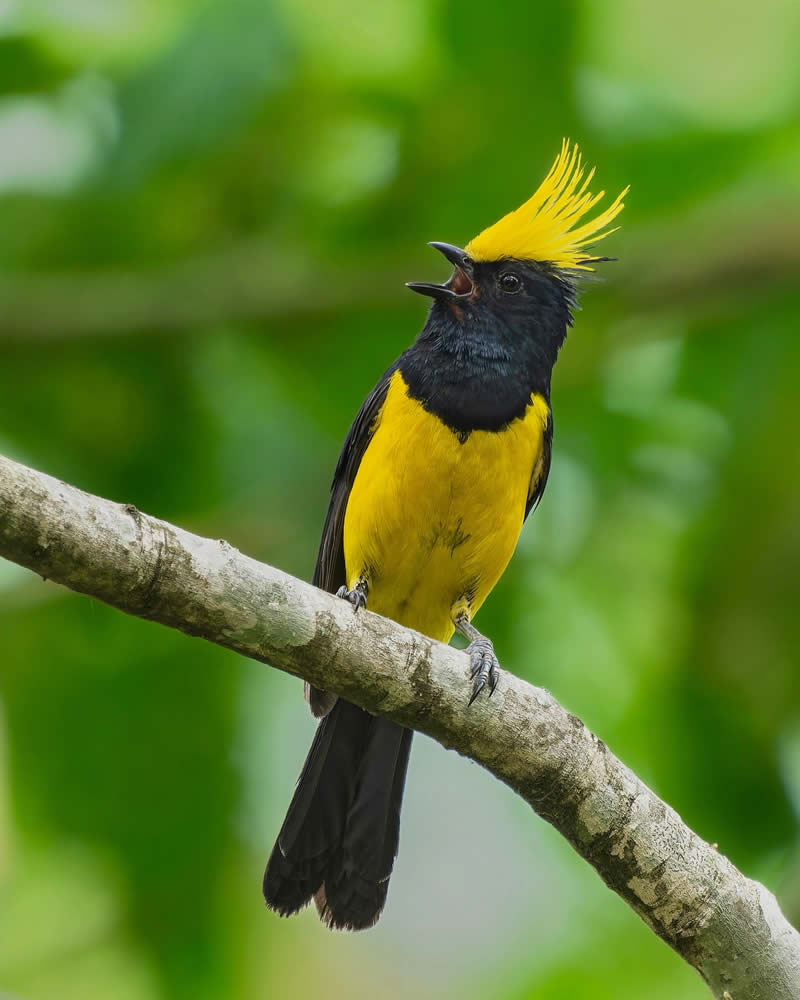
Photo by: Subhash Saraff
#22
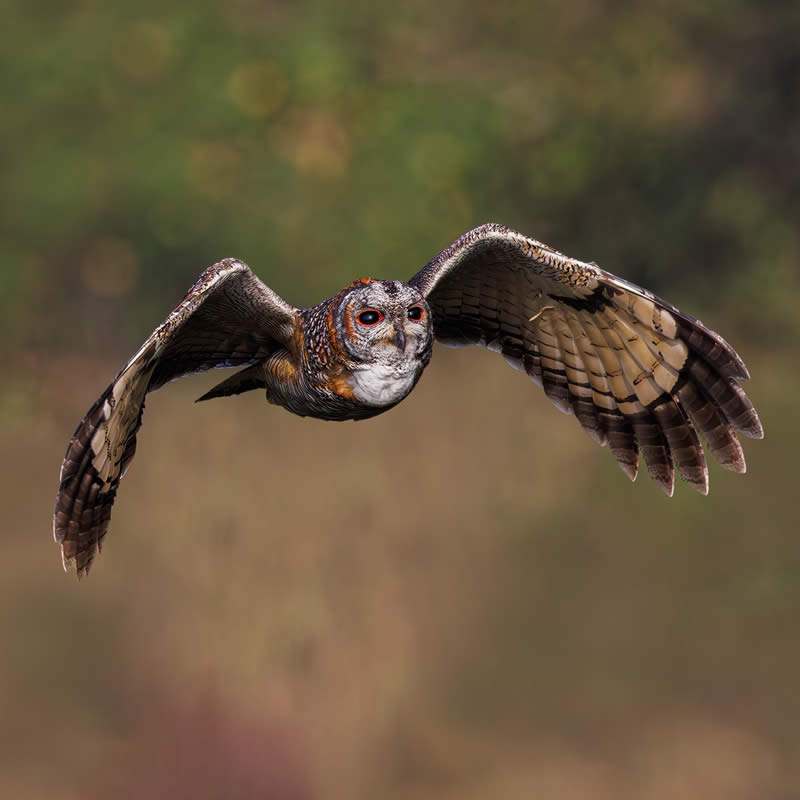
Photo by: Hari K Patibanda
#23
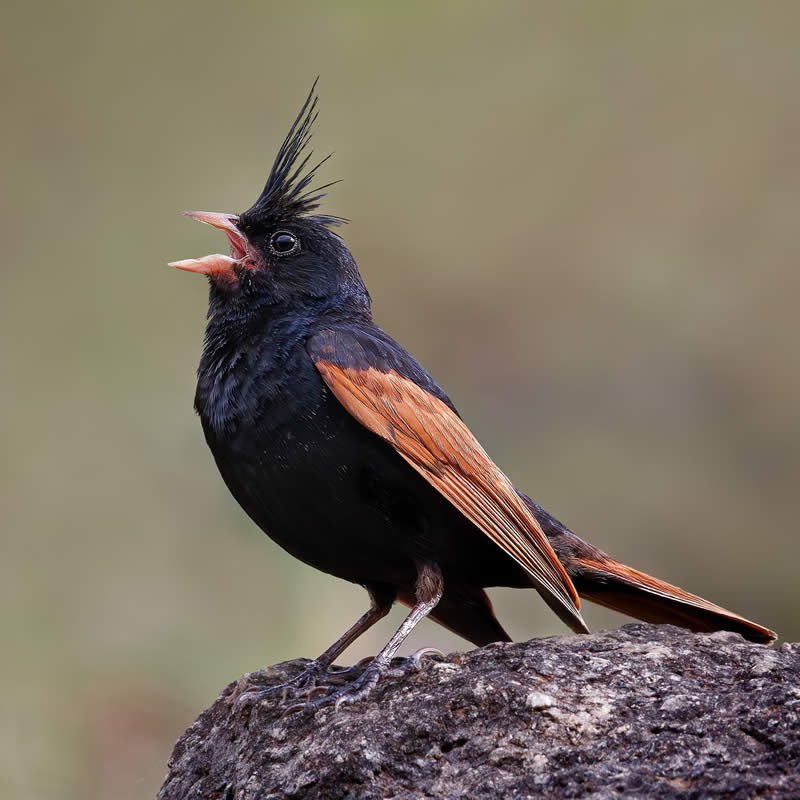
Photo by: Hari K Patibanda
#24
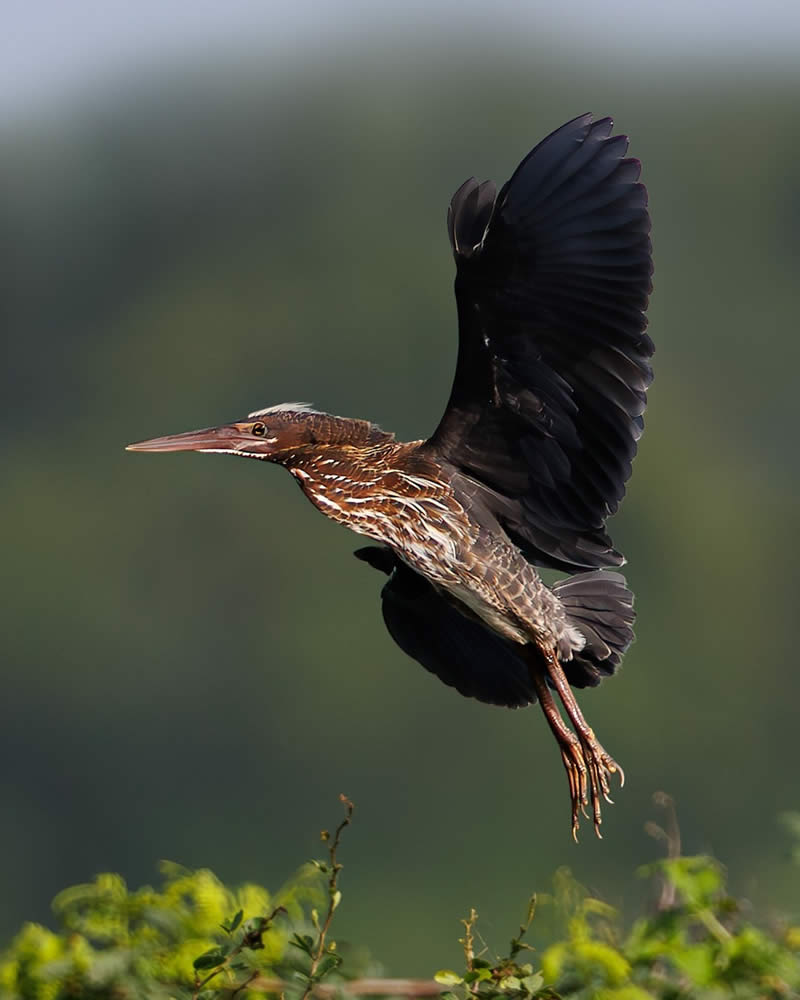
Photo by: Hari K Patibanda
#25
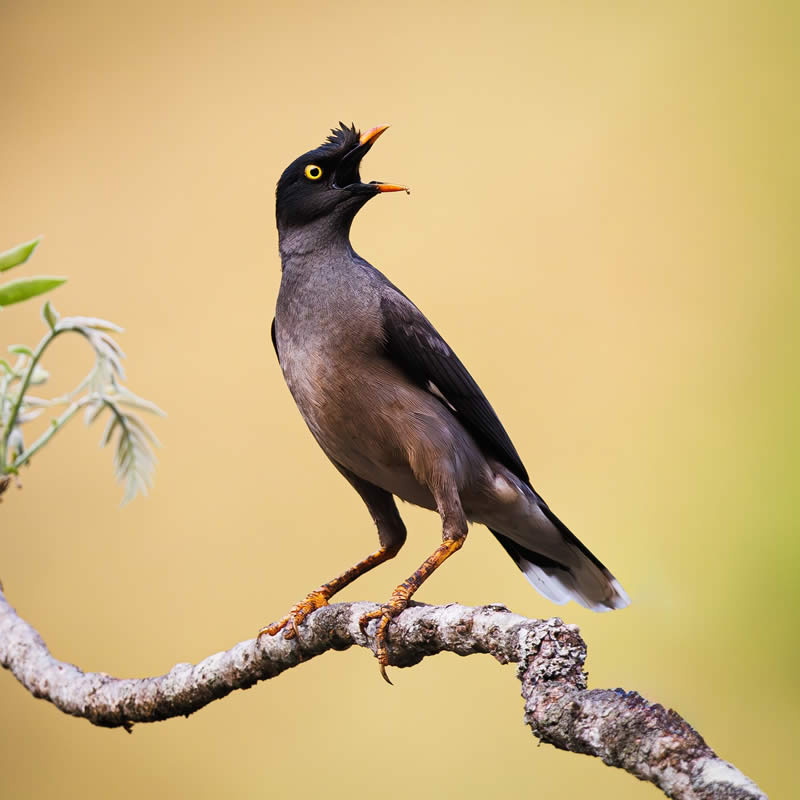
Photo by: Hari K Patibanda
Focus on Composition
A great bird photo is more than just a clear image—it’s about telling a story through composition. Placing your subject off-center using the rule of thirds often creates a more dynamic and visually pleasing frame. Including elements like branches, water reflections, or expansive skies adds context and shows the bird within its natural environment. Negative space, too, can be powerful, emphasizing a bird’s flight or solitude.
Pay attention to backgrounds; a cluttered scene can distract from the subject, while clean, blurred backdrops achieved through shallow depth of field make birds stand out dramatically. Framing is equally important—shooting through foliage, for example, can create a sense of intimacy, as though the viewer is peeking into a hidden world. Good composition is about balance and intention, turning a snapshot into an image that resonates emotionally and invites the viewer to linger.
#26
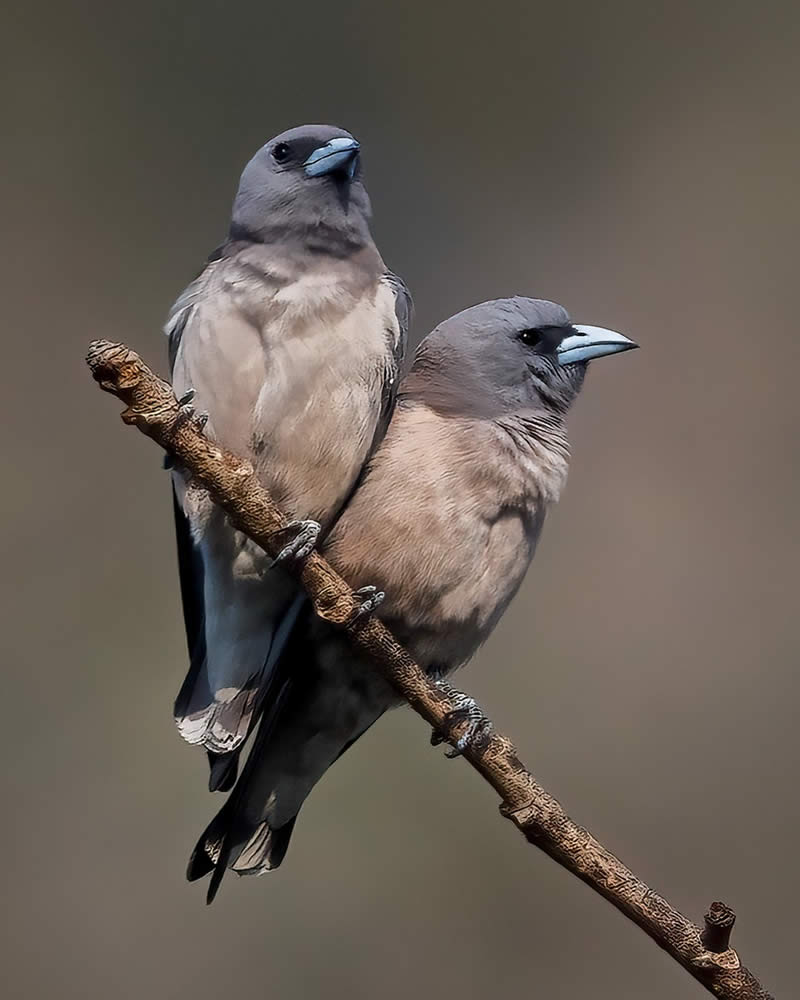
Photo by: Hari K Patibanda
#27
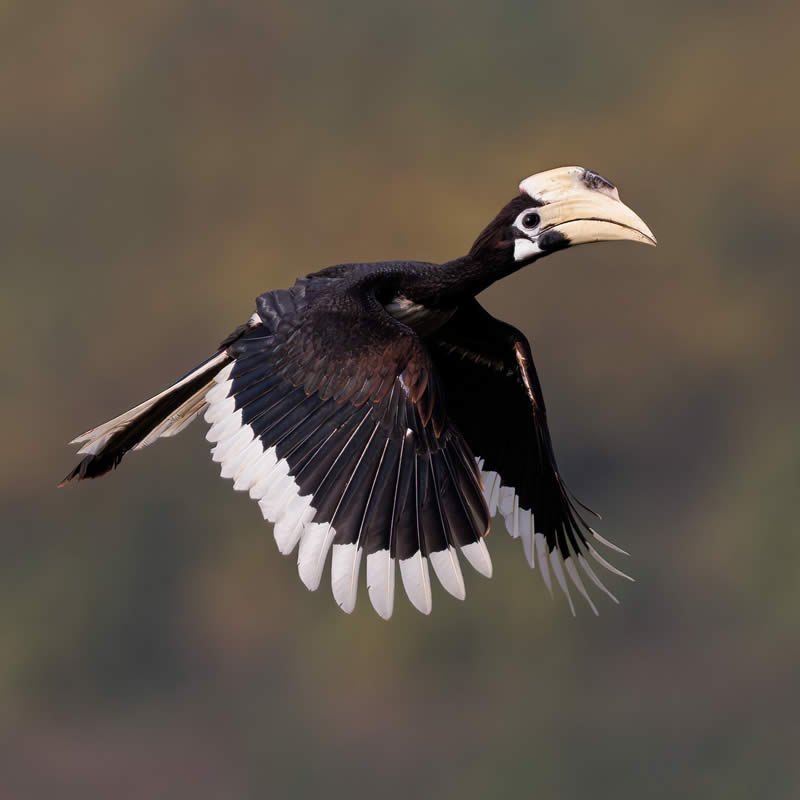
Photo by: Hari K Patibanda
#28
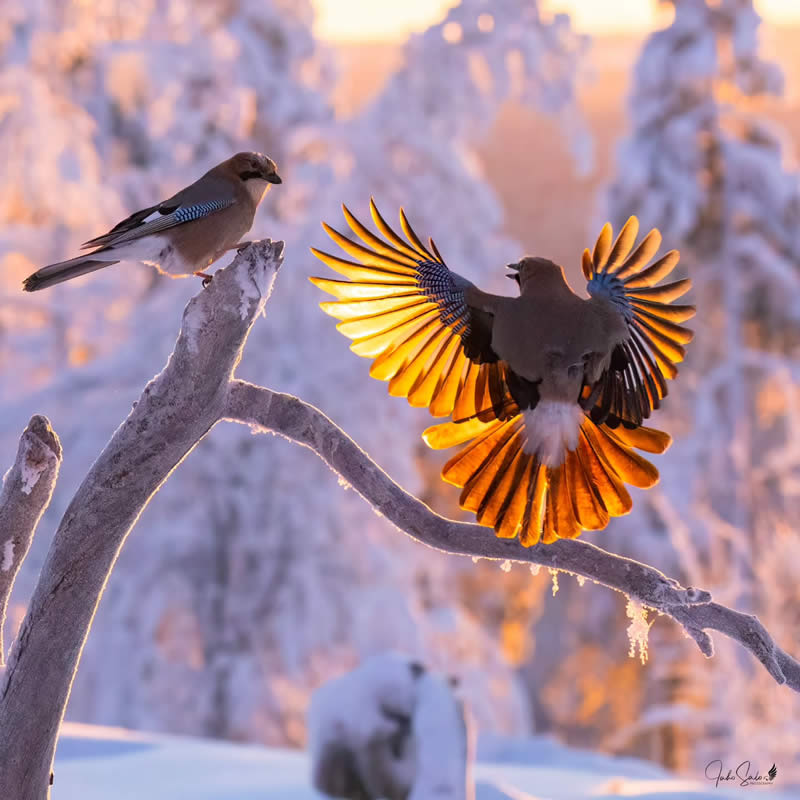
Photo by: Juho Salo
#29
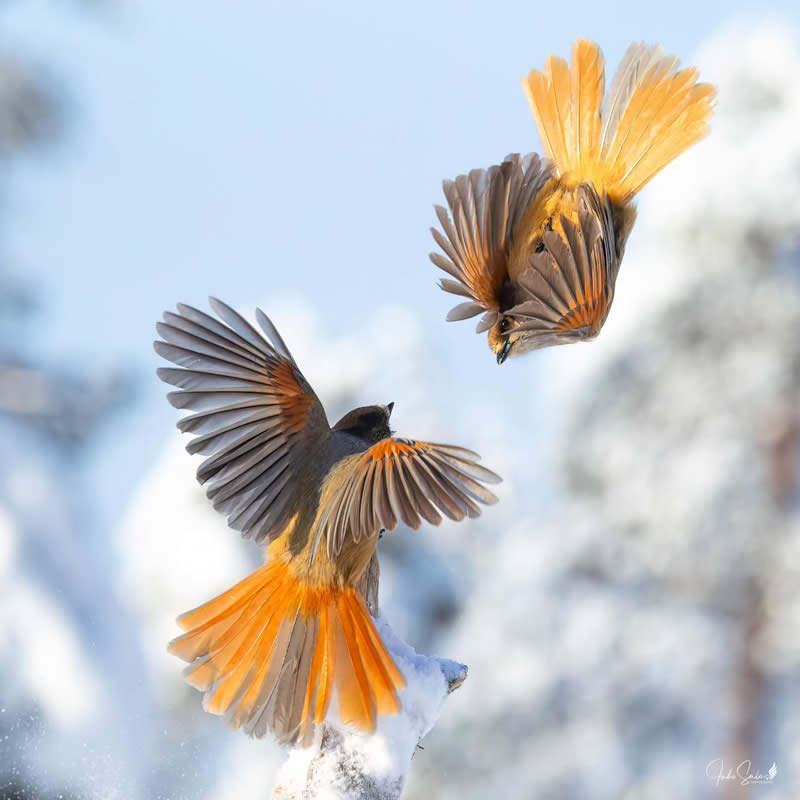
Photo by: Juho Salo
#30
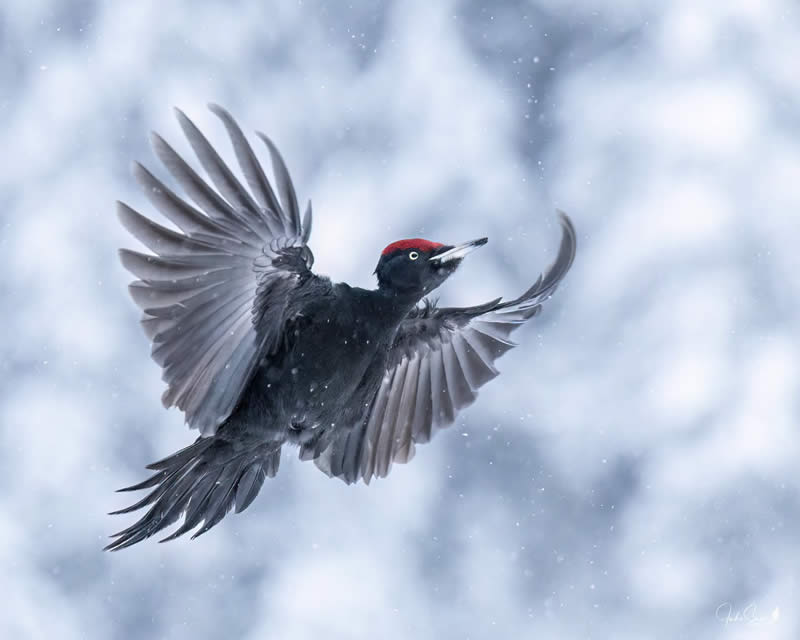
Photo by: Juho Salo
Respect Wildlife and the Environment
Perhaps the most important tip in bird photography is to respect the subjects and their habitats. Disturbing birds can cause stress, disrupt feeding, or even drive them away from nesting areas. Ethical photographers prioritize the well-being of wildlife over the perfect shot. This means keeping a safe distance, avoiding sudden movements, and using long lenses instead of approaching too closely.
It also involves respecting the environment—staying on designated paths, not trampling vegetation, and leaving no trace behind. Remember that birds are not props but living beings, and their survival depends on undisturbed ecosystems. Photographers who act responsibly not only protect their subjects but also build trust within the birdwatching and conservation communities. Ultimately, stunning bird photographs should celebrate and preserve the beauty of nature’s winged wonders, ensuring they remain for future generations to admire and cherish.
#31
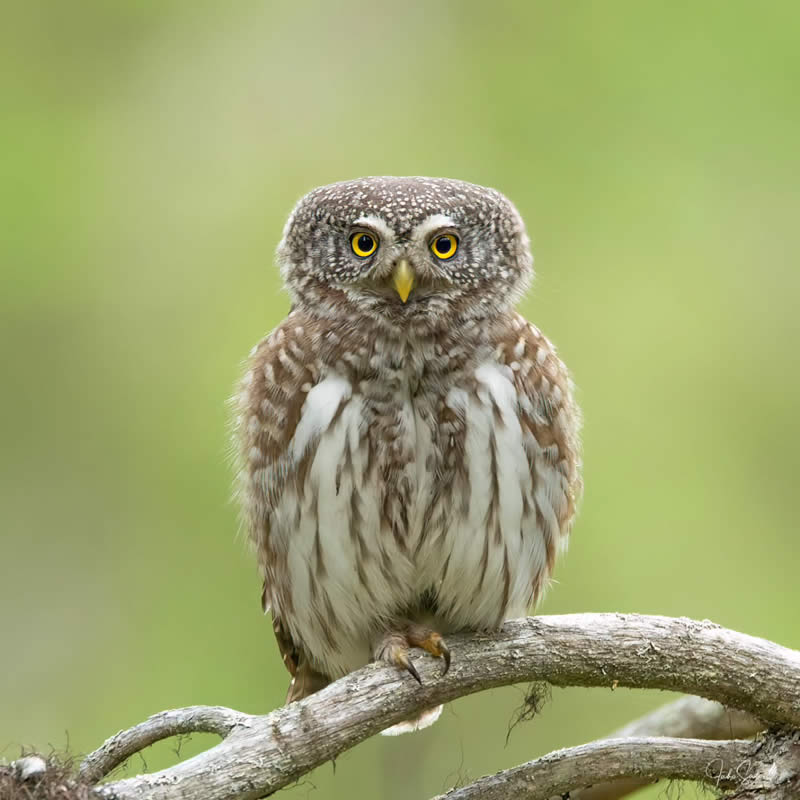
Photo by: Juho Salo
#32
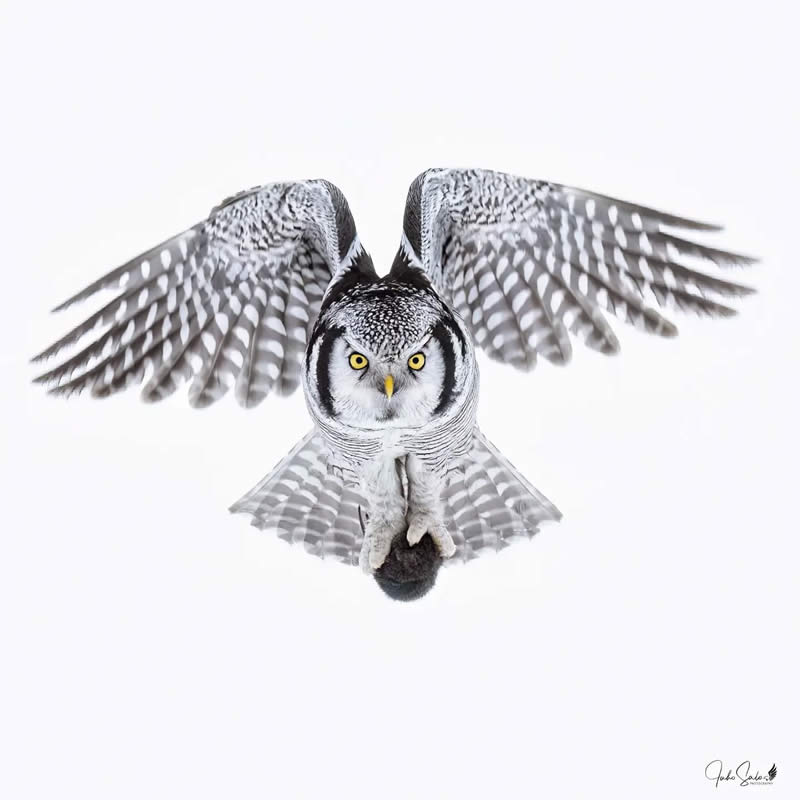
Photo by: Juho Salo
#33
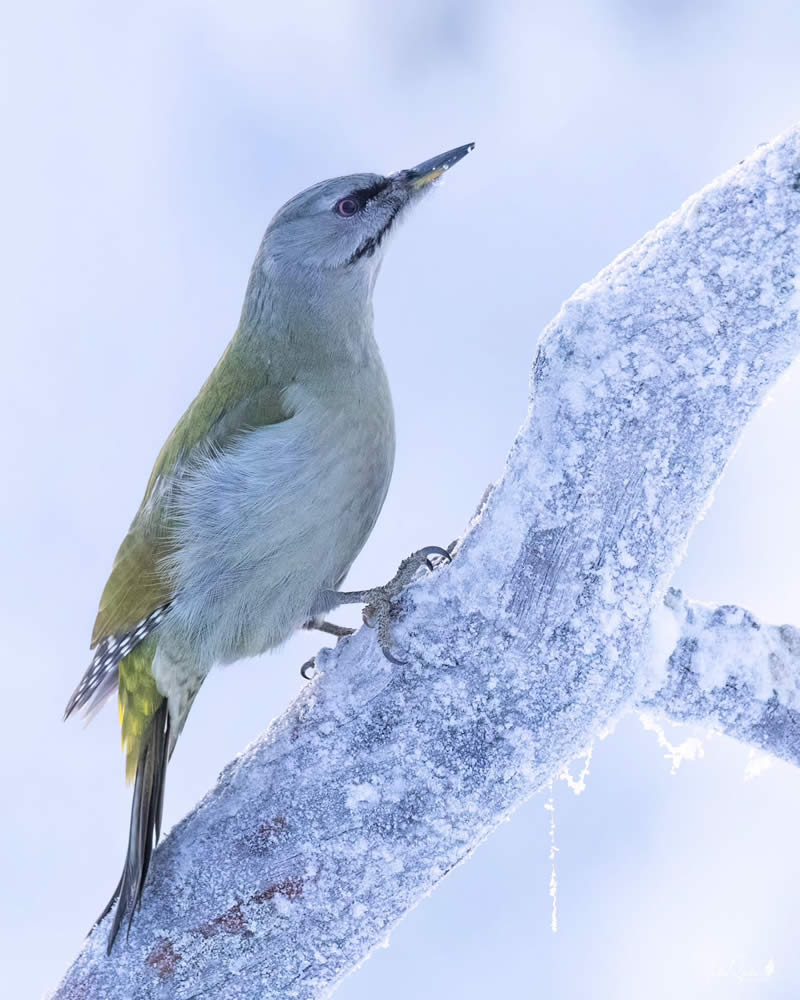
Photo by: Juho Salo
#34
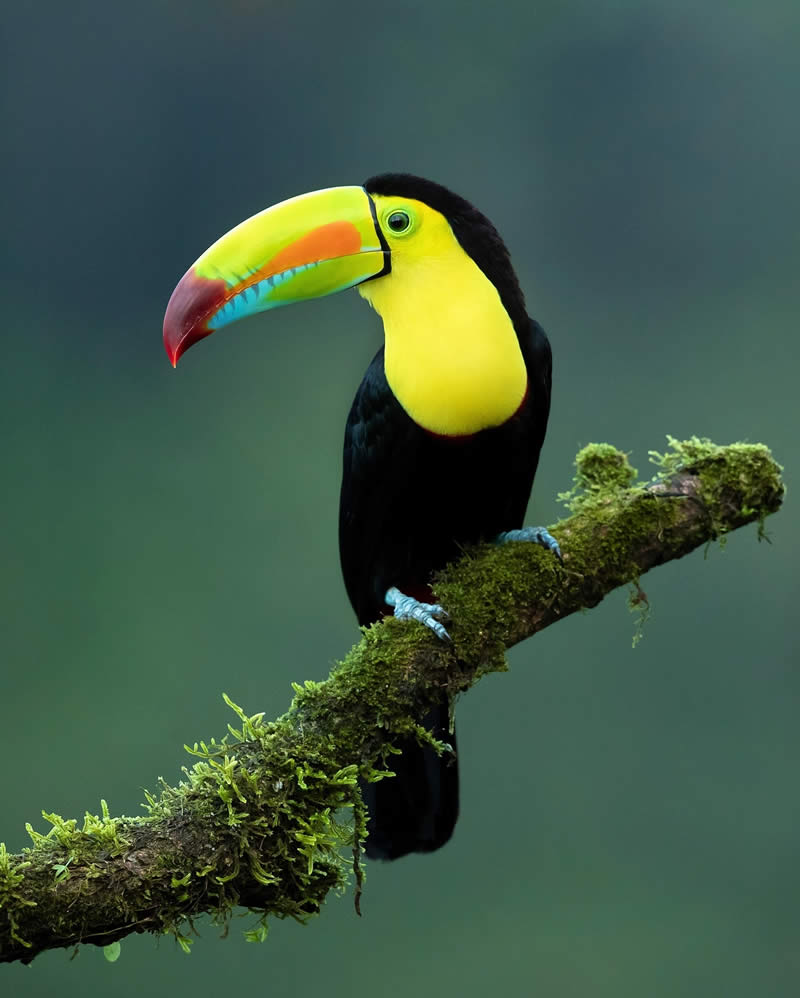
Photo by: Milan Zygmunt
#35
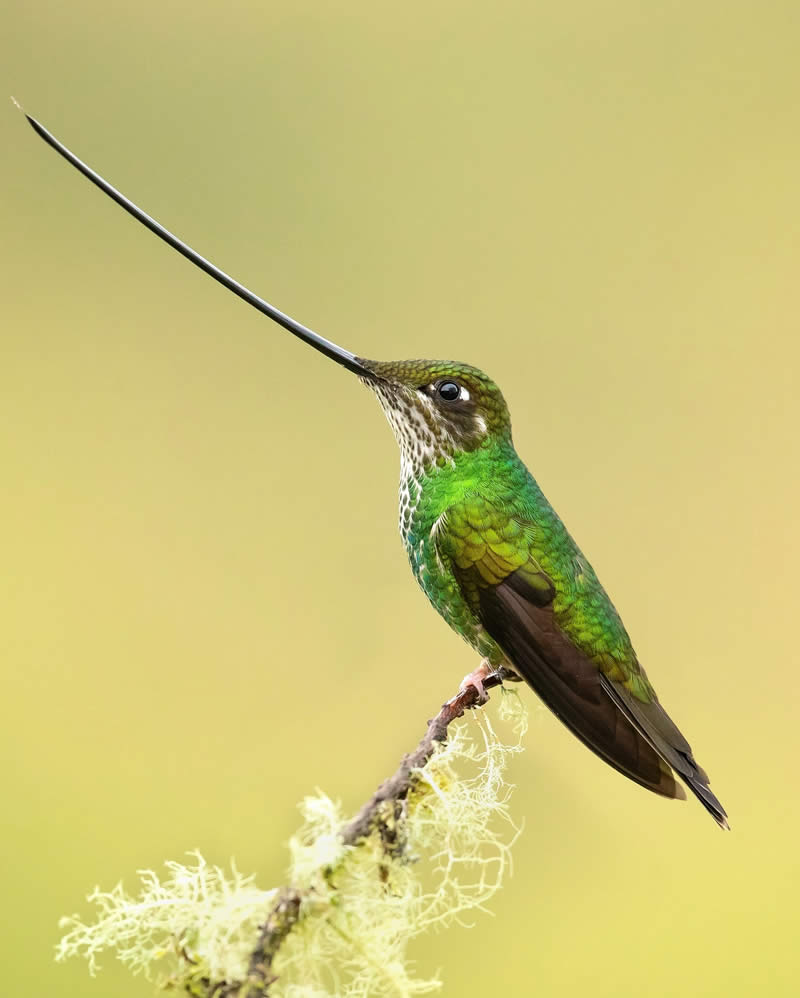
Photo by: Milan Zygmunt
#36
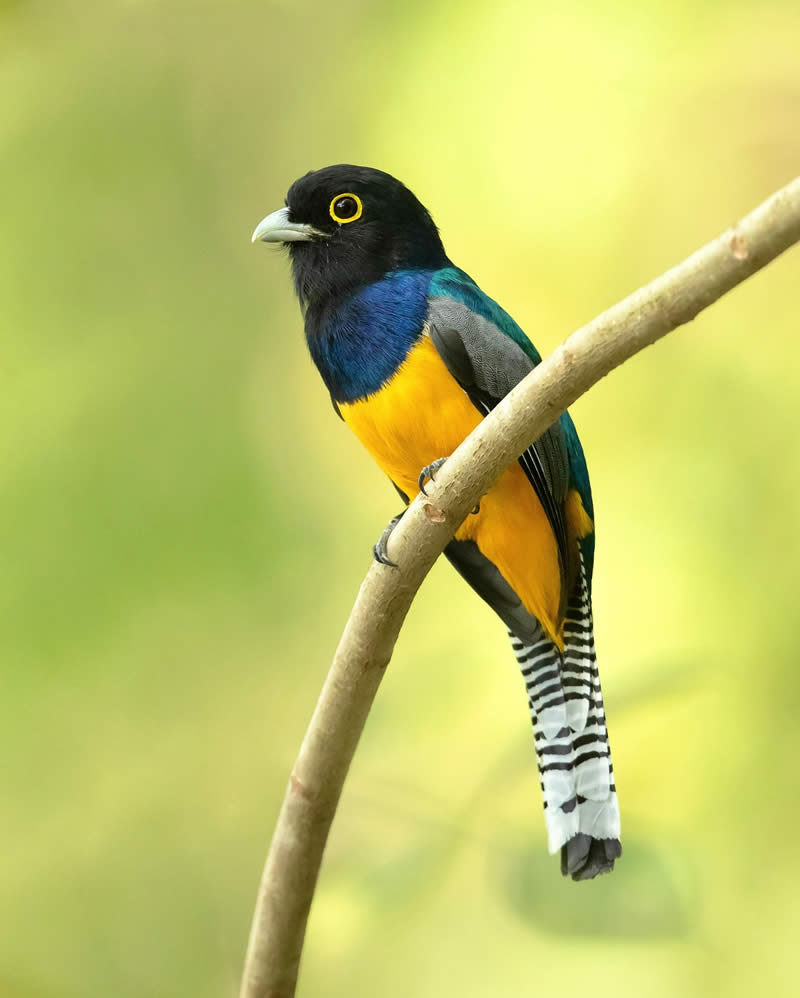
Photo by: Milan Zygmunt
#37
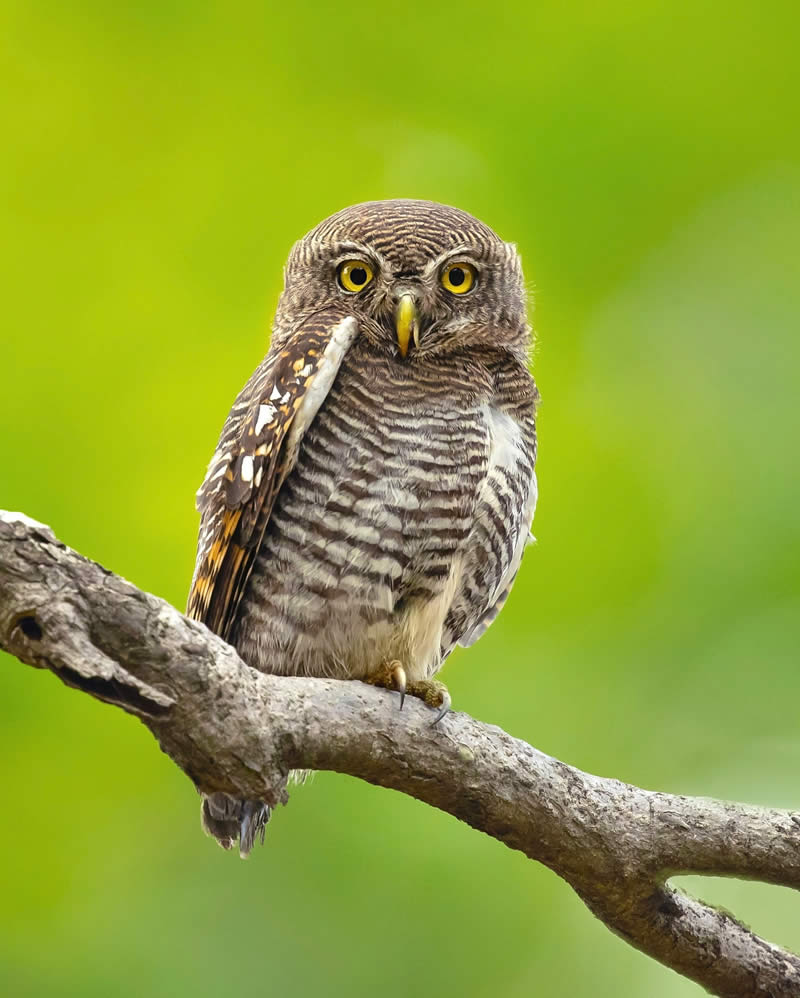
Photo by: Milan Zygmunt
#38
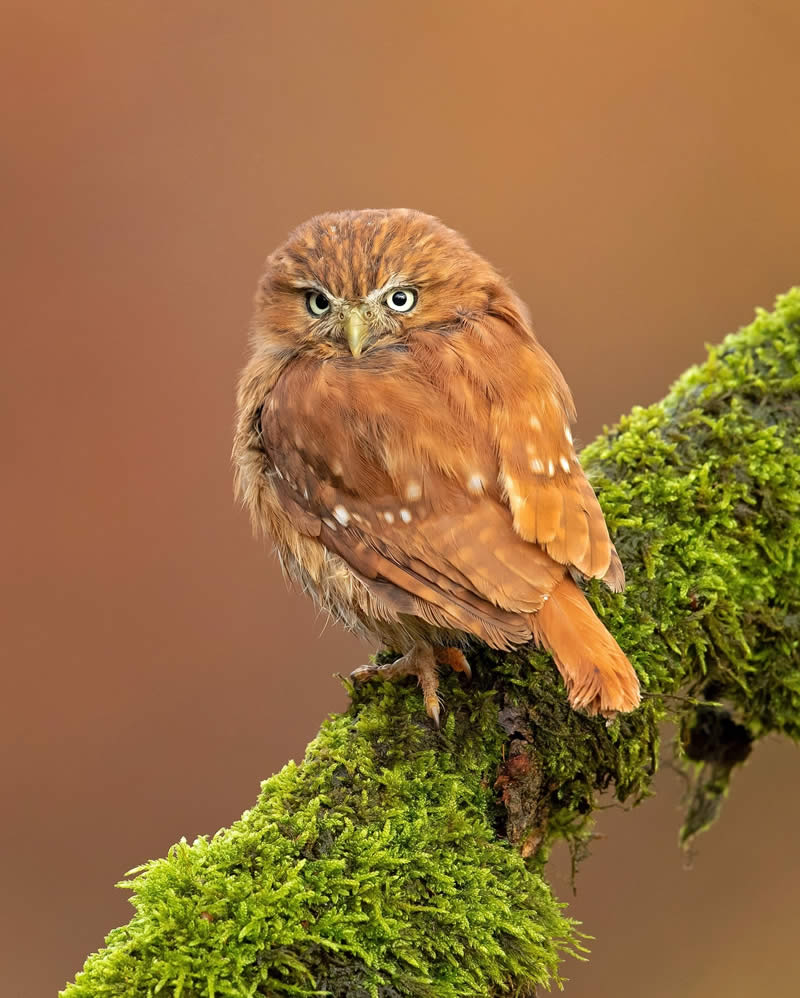
Photo by: Milan Zygmunt
#39
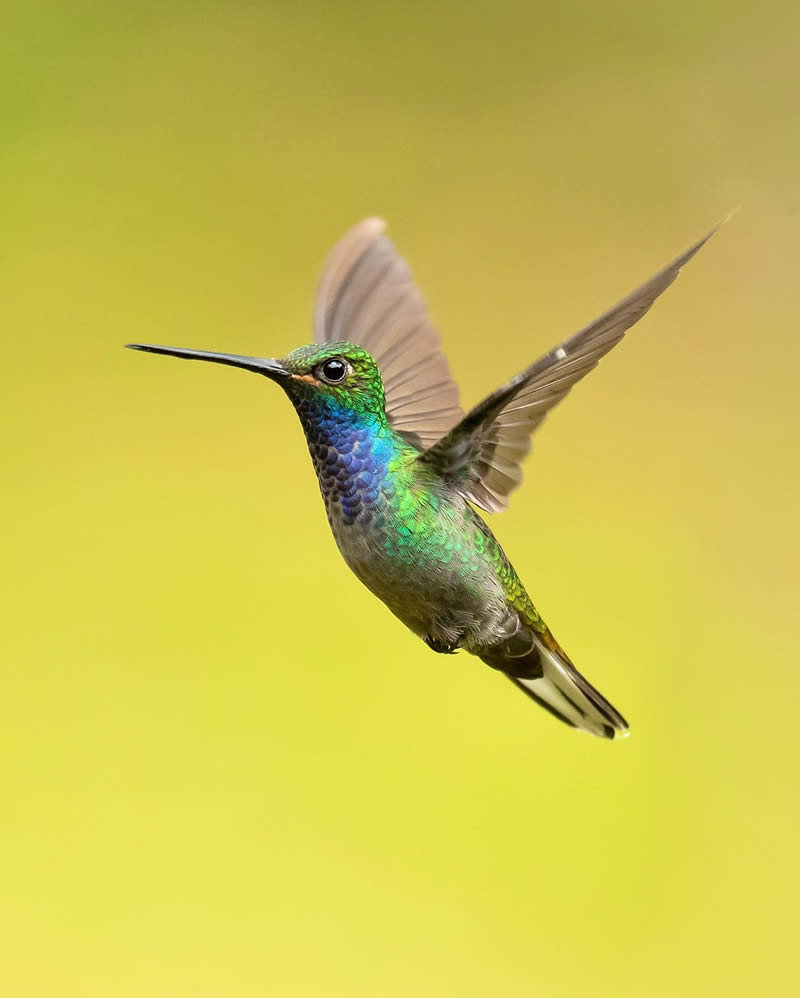
Photo by: Milan Zygmunt
#40
